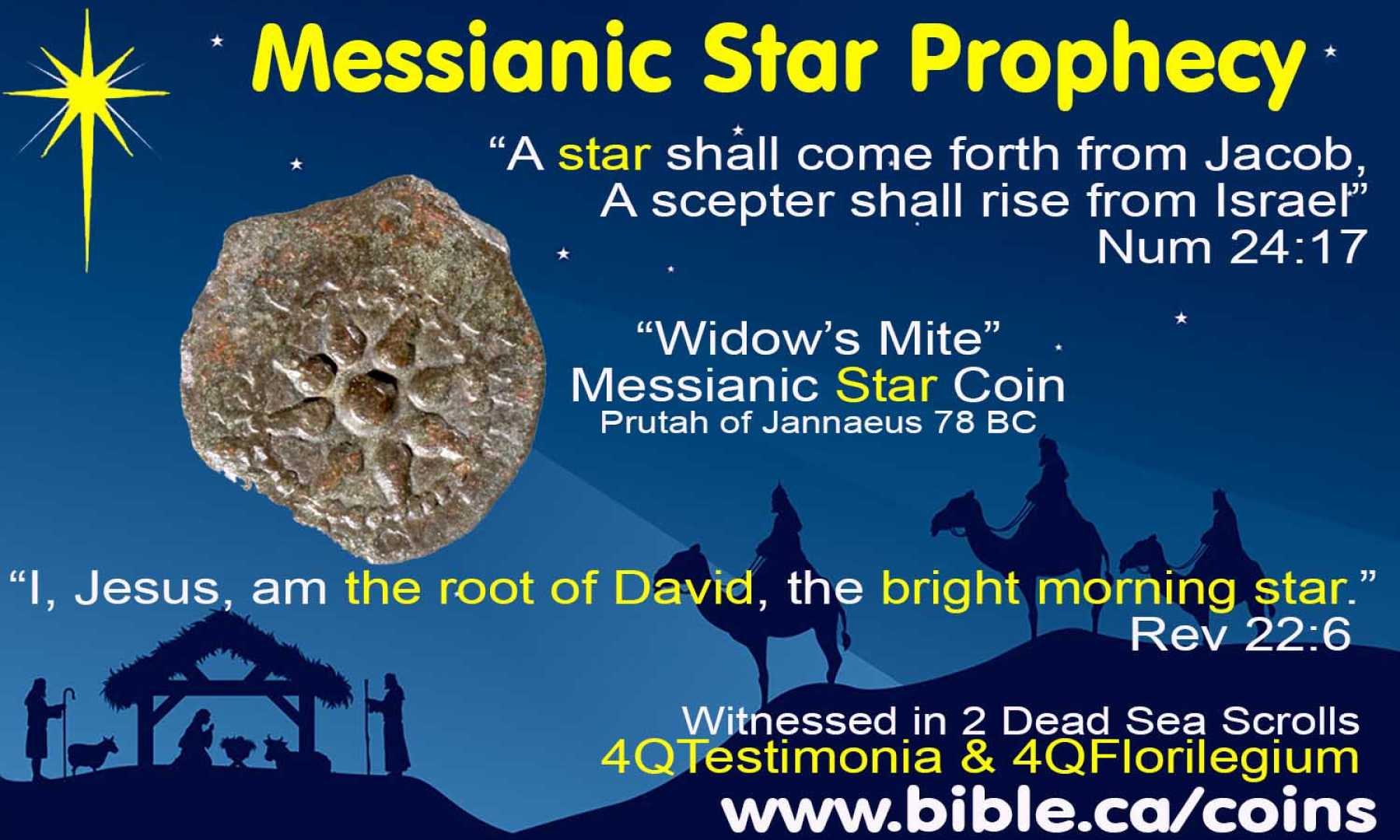News
TikTok Sparks Debate on Biblical ‘Star of Jacob’ Prophecy

TikTok users are currently engaged in discussions concerning a biblical prophecy, claiming that the reappearance of a celestial body supports the notion of a second coming of Jesus Christ. This follows an astronomical event, an asteroid entering Earth’s orbit on September 29, that some online figures are identifying as the ‘Star of Jacob.’
One such content creator, Jacob Rutkowski, popularized this view in a TikTok video where he explained that this “star” is the same one mentioned in the Bible that guided the three wise men to the Messiah. “They literally went to that star and found the Messiah and bowed down and worshiped him,” Rutkowski said, expressing his belief that this celestial occurrence is a signal of the Messiah’s imminent return.
The claim, however, has sparked a lively debate online, particularly around the distinction between the Star of Jacob and the Star of Bethlehem. Rutkowski suggests that the current appearance of this star heralds the coming of Jesus, a sentiment echoed by other TikTokers like Julian James, who maintains that the Star of Jacob has not been visible for over 2,000 years.
In the biblical context, the ‘Star of Jacob’ is referenced in the Book of Numbers, verse 24:17, related to a prophecy by Balaam, who foretold the emergence of an ideal ruler as symbolized by a star. This prophetic text describes a star that suggests the rise of a scepter from Israel, often interpreted by some as a metaphor for a true and righteous king rather than a literal astronomical object.
Despite the excitement on social media, skepticism remains. Some users argue that the celestial phenomenon is merely the planet Jupiter, not a biblical sign. Doubts were further fueled by another TikTok user, who identified the encountered star as Sirius, cautioning that astronomical alignments from millennia ago cannot be readily seen today due to the solar system’s dynamic positioning.
Astrophysical context was also introduced with reference to Asteroid 2024 PT5, reported by NASA‘s Asteroid Terrestrial-Impact Last Alert System (ATLAS). Initially detected on August 7, this object currently acting as a ‘mini-moon’ will orbit Earth until November 25.












